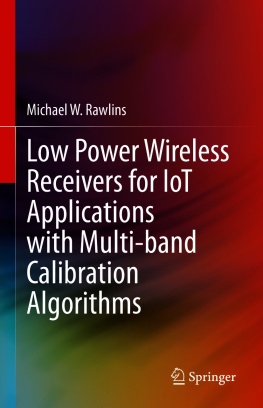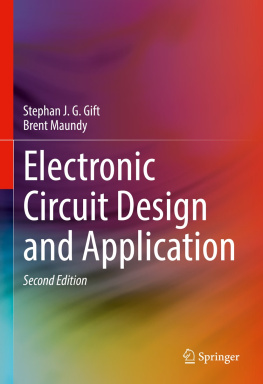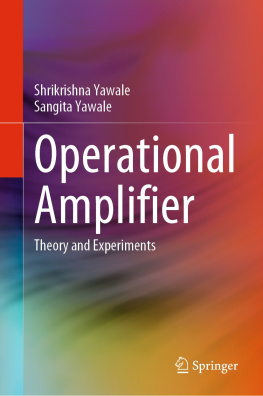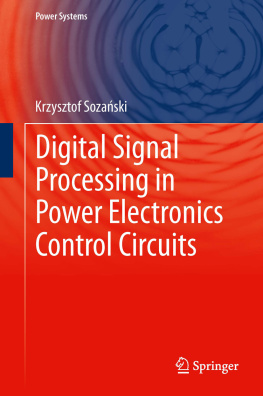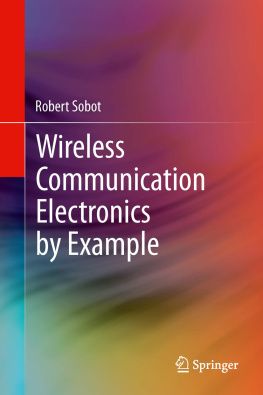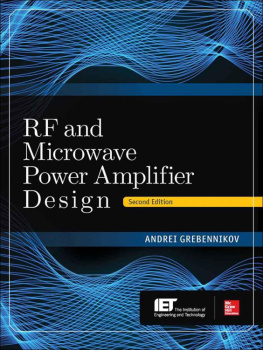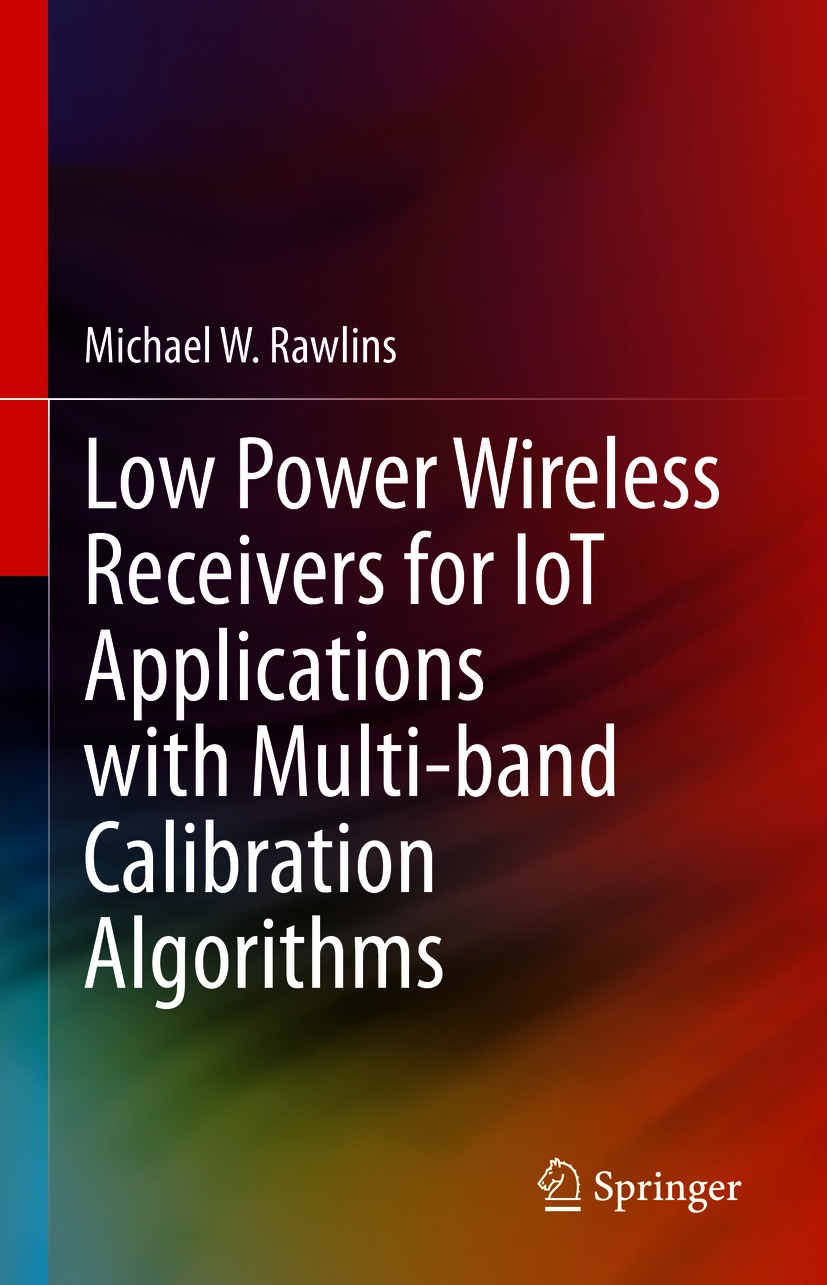Michael W. Rawlins - Low Power Wireless Receivers for IoT Applications with Multi-band Calibration Algorithms
Here you can read online Michael W. Rawlins - Low Power Wireless Receivers for IoT Applications with Multi-band Calibration Algorithms full text of the book (entire story) in english for free. Download pdf and epub, get meaning, cover and reviews about this ebook. year: 2021, publisher: Springer, genre: Home and family. Description of the work, (preface) as well as reviews are available. Best literature library LitArk.com created for fans of good reading and offers a wide selection of genres:
Romance novel
Science fiction
Adventure
Detective
Science
History
Home and family
Prose
Art
Politics
Computer
Non-fiction
Religion
Business
Children
Humor
Choose a favorite category and find really read worthwhile books. Enjoy immersion in the world of imagination, feel the emotions of the characters or learn something new for yourself, make an fascinating discovery.
- Book:Low Power Wireless Receivers for IoT Applications with Multi-band Calibration Algorithms
- Author:
- Publisher:Springer
- Genre:
- Year:2021
- Rating:3 / 5
- Favourites:Add to favourites
- Your mark:
Low Power Wireless Receivers for IoT Applications with Multi-band Calibration Algorithms: summary, description and annotation
We offer to read an annotation, description, summary or preface (depends on what the author of the book "Low Power Wireless Receivers for IoT Applications with Multi-band Calibration Algorithms" wrote himself). If you haven't found the necessary information about the book — write in the comments, we will try to find it.
This book guides the reader through the design of circuits and wireless IoT devices deployed in applications demanding low power, small size, and high levels of integration. The design of a sub-1V wireless-LAN receiver is detailed along with associated calibration algorithms. Some of the key circuits detailed include a successive approximation analog-to-digital converter, a rail-to-rail comparator, a digitally programmable CMOS low-noise amplifier, an RF voltage to current converter, and a fifth-order Chebyshev analog programmable filter. Helpful appendices are included teaching operational amplifier design, CMOS and SiGe low-noise amplifier design, impedance matching, noise and distortion analysis. While theory and design equations are presented throughout the book for the various circuit designs, practical implementation and design tradeoffs are emphasized so the reader can immediately apply knowledge gained. Receiver and calibration circuits are designed in a standard CMOS technology using a 900mV power supply.
- Provides readers with analytical tools and practical help, conveyed in a clear and concise manner, which will assist not only in understanding the material, but also in practical and functional implementation of the concepts demonstrated;
- Focuses on long range and broad-band IoT applications with a wireless-LAN focus, emphasizing detailed design techniques, helping readers transition from theoretical understanding to practical application;
- Bridges the gap between system level understanding and practical design implementation, providing readers with tools and techniques which can be applied immediately to their designs;
- Serves as a handy technical resource for practical design techniques, as well as a quick reference guide for design equations and examples pertinent to realistic applications.
Michael W. Rawlins: author's other books
Who wrote Low Power Wireless Receivers for IoT Applications with Multi-band Calibration Algorithms? Find out the surname, the name of the author of the book and a list of all author's works by series.

